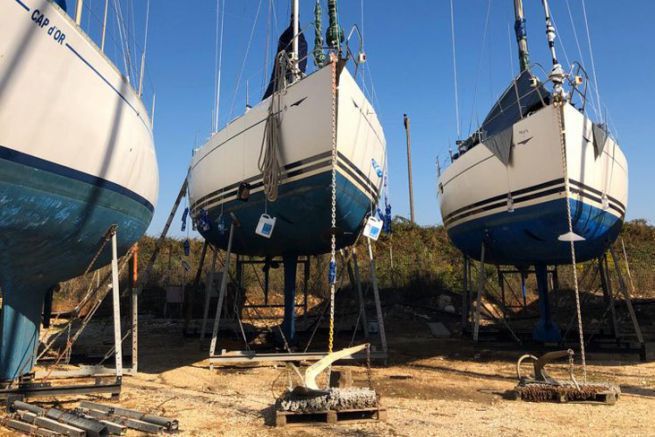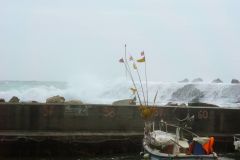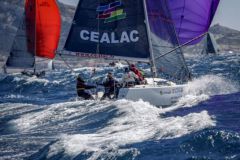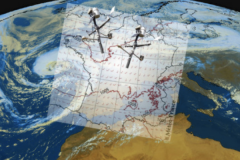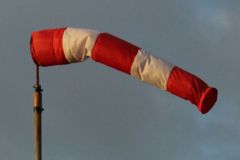As we have done every year for the past 5 years, we have decided to go back on board to prepare our sailing season for the year 2020. The dates are always more or less fixed. The return on our boat is around mid-March to give us time to carry out all the maintenance and repairs before the launch date around mid-April. Our yacht is a Sun Odyssey 50 from 2009 which has been giving us a lot of pleasure since 2014, when we bought it second-hand.
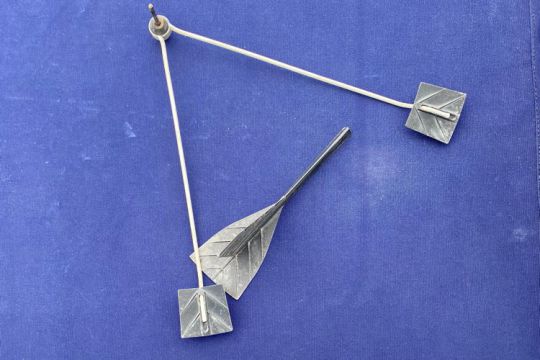
Pre-discovery clues
It is thus on March 12, 2020 that we embark towards Greece to reach Preveza (Ionian Sea) where three large shipyards welcome nearly 2000 boats for dry wintering. Around 5 pm, we board our boat and notice that the Windex masthead windvane is broken. Debris dragged on the aft deck. I think seagulls must have destroyed it, and I'm not worried. We enter the boat and start by removing the batteries and checking to see if the boat has spent the winter well. Right away we notice that the interior lighting isn't working. We look at the electrical panel to check the fuses and then smell something burning. I immediately disconnect the batteries and notice that the fuses on the electrical panel have literally blown. At that moment I had no doubts: the boat had been struck by lightning.
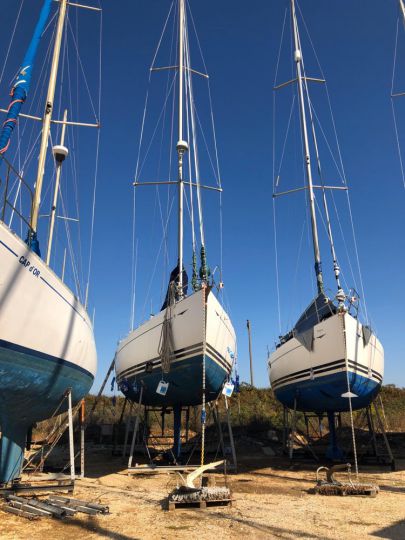
The highest mast?
Our sailboat is stored dry in the middle of many others. Why did lightning choose ours? It probably has one of the highest masts, plus a large draft that makes it even higher. But the difference in height can't really be that big with our neighbours. We are also on the edge of the construction site, just in front of a large flat area. Did it work?
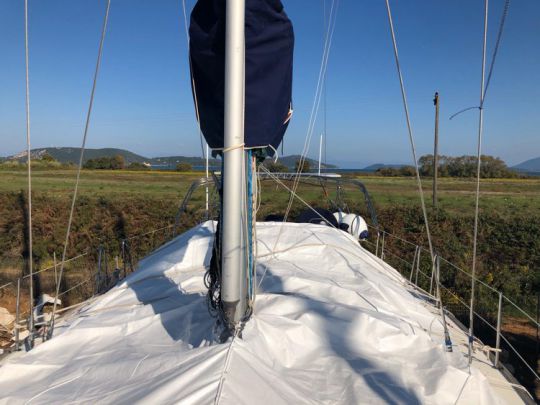
From discovery to disappointment
The season's off to a bad start. By disconnecting some cables from the electronic board, we manage to reconnect the batteries without the smell of burning again. We even manage to see some lighting on the sides which is very useful. I measure the voltage of the main battery bank, which is only 12.6 volts, which is low since the solar panels should be charging all the time. The 220 volts circuit seems to work well and it is with this first state of affairs that we decide to have dinner and go to bed. The next day, we start to make an inventory of what has been touched to prevent the insurance.
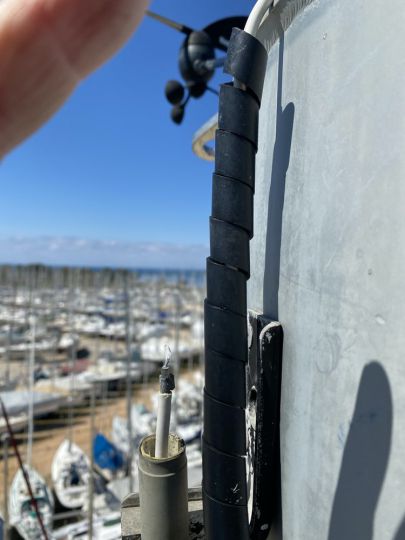
A decapitated masthead
We start at the mast where I discover that the VHF antenna has totally disappeared. The Mantagua high beam and anchor light has totally melted away... At the bottom, the onboard electronics no longer work, but it's hard to say whether that's coming from the power panel or whether the equipment has been reached. Some direct connections are being tried, but unfortunately few devices seem to react once plugged in.
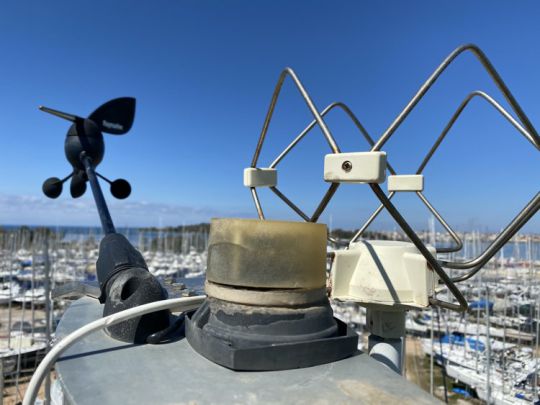
The VHF is no longer on. However, I had taken the precaution of unplugging the antenna before the winter. The AIS turns on, but displays a message telling me that it is unable to acquire a GPS position. The battery controller is dead, and so is the Navtex. As for the navigation instruments, it is impossible to check if they are working because the control switch on the panel is burned out. Luckily our chartplotter is probably not affected, as it had been disconnected for the winter.
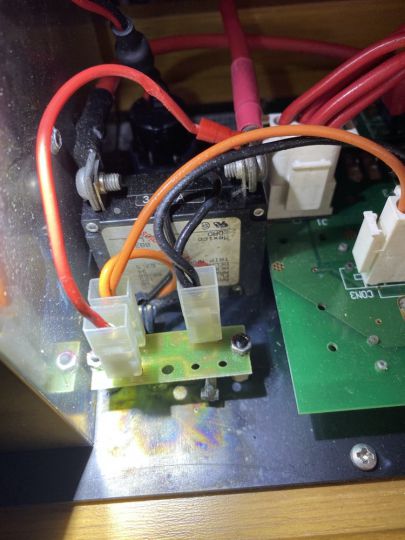
The good news among these disasters is that the fridge is working, which is important for my health because it has to keep my insulin cool during our season
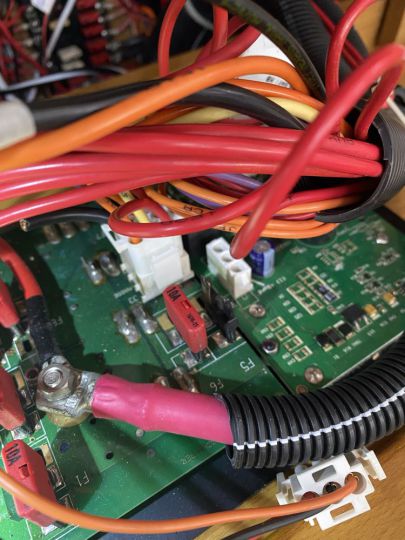
A more detailed review
In view of the extent of the damage and for insurance purposes, we ask the construction site to contact a technician to prepare an estimate. Despite the containment, also valid in Greece, a technician comes on board and checks the electrical system. After long investigations, he diagnoses a short circuit on the electrical panel and disconnects part of it to stop the smell of burning. Then he takes note of all our instruments and starts to check their condition. The list of out of order instruments grows longer..
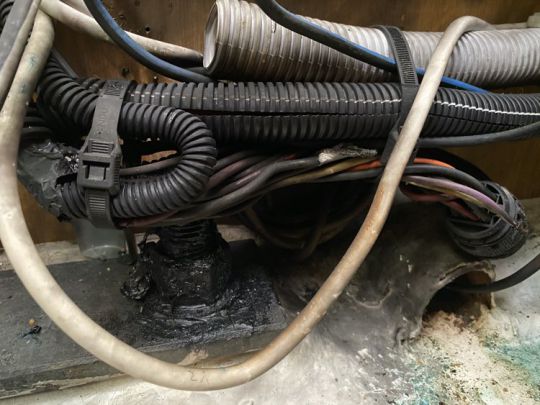
A list ą la Prévert
The 2 regulators of the solar panels are no longer working. The wi-fi booster seems to be dead. All three USB jacks are burned out. The ceiling lights with the LED bulbs are black and some of them have even exploded, because we find the frosted glass on the floor. The windlass works, but only to lower the anchor, not to raise it. The bow thruster works, but once the current is connected, it whistles continuously. For the NMEA 2000 system, the technician is very pessimistic, but cannot check on site if the equipment is also affected.
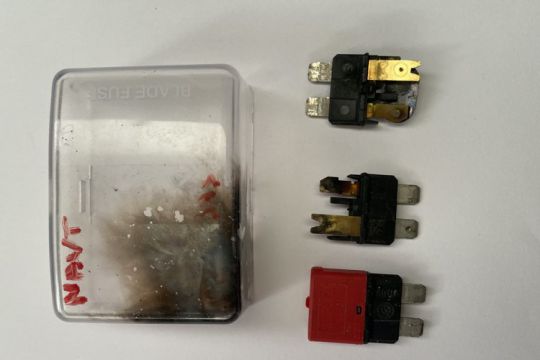
Luckily some devices work like the watermaker and the battery charger. The generator and the engine also work.
After his inspection, the technician promises to make his estimate despite the containment period, but he warns me that supply problems are to be expected..
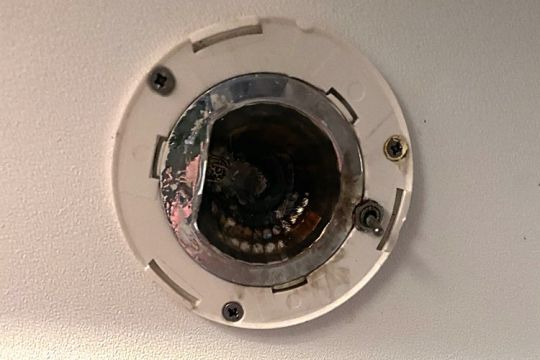
Lightning goes wherever it wants
While waiting for this quote, I realize that the lightning path has been very erratic in the boat. Last autumn, when I left the boat to prevent it from rusting in the yawn, I took out the anchor on a pallet at the foot of the boat. I also thought that if lightning struck the mast, it would go down via the forestay and continue its way down to the ground via the anchor chain. I was wrong. In reality the lightning actually went down the mast via the VHF and anchor light wires. When it reached the bottom of the mast, the electric arc jumped on a keel bolt not without touching a braid of cables coming from the electrical panel as well as the NMEA 2000 ridge. This is where all the electronic instruments were reached via their supply wires.
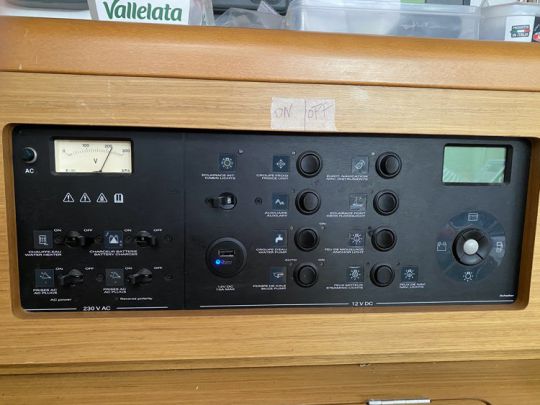
Double punishment and reflections
Our 2020 season is now doubly affected, it's a bit of a double whammy: not only is there containment, but we're going to have to repair or replace faulty equipment.
A question pops into my head how could I have limited the damage? I had disconnected all the antennas and the battery breakers. But that protected some of the devices, but not all of them. At the end of next season, I will certainly unplug all devices from the NMEA network if possible and also unplug the electrical panel, as I believe that these measures can help reduce the impact of lightning.
Finally, I'm glad the boat didn't catch fire and is still repairable. My insurance is in order and that reassures me. Let's hope that everything gets sorted out with the end of the confinement, so that we can get back to sea as soon as possible.
